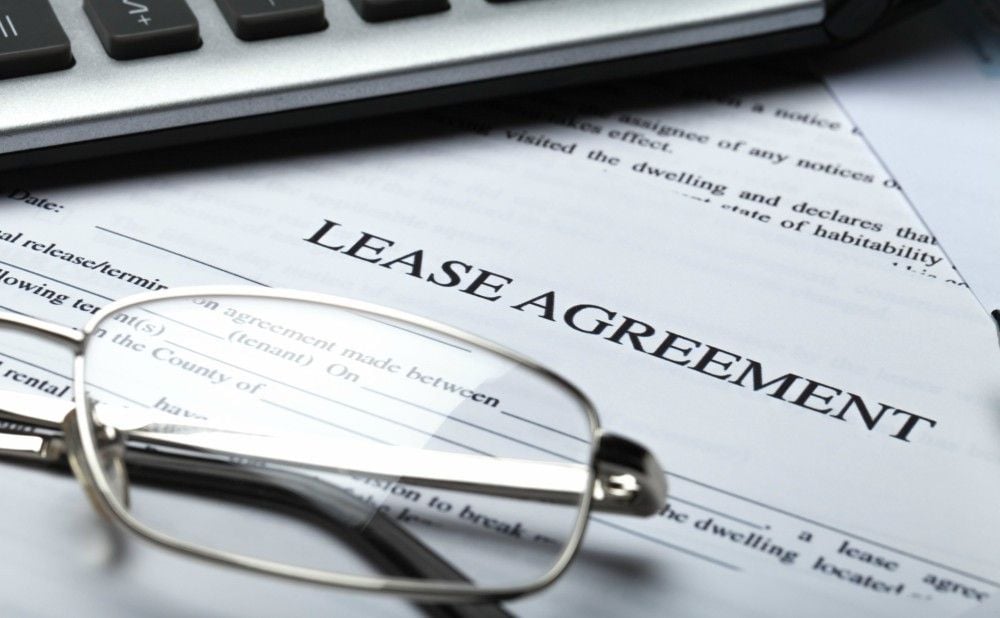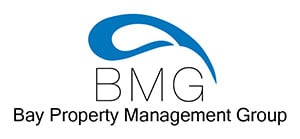
You cleaned your rental and ensured everything is in working order before move in – but is that enough? Even if your rental is in tip-top shape, landlords must conduct a thorough move-in inspection. In turn, this protects themselves, the property, and the tenant. A rental move-in inspection is critical to evaluating tenant damage at the end of the lease. So, continue reading below as we discuss reasons why every landlord needs to implement a thorough rental move-in inspection.
What is a Rental Move-In Inspection?
Before physically moving into your rental, the tenants and landlord should complete a move-in inspection. Move-in inspections are designed to document your rental property’s original condition when your tenants move in. Typically, landlords use both written and visual means to document the condition.
Thus, any existing damage will not become the responsibility of the new tenants at the end of their lease term. Instead, landlords can compare this to a move-out inspection to determine any new damage. Therefore, the rental move-in inspection checklist must include a detailed account of each room plus any exterior features. Check out this printable move-in checklist to get you started.
Once the checklist is complete, both the landlord and tenant must sign the document. This will help avoid future disputes if any damage requires withholding from the security deposit.
Why is a Rental Move-In Inspection Important?
According to Maryland law, owners and tenants should attend the move-in inspection. That said, there are specific reasons why these inspections are important at every move-in. Let’s review the top 4 reasons why rental move-in inspections are critical for landlords below.
- Easily Recover Repair Costs
- Maryland Law Requires It
- It Holds Parties Responsible
- Inspections Protect Your Property, Business, and Bottom Line
Easily Recover Repair Costs

All reputable property management companies will recommend you collect a security deposit at the start of your new tenant’s lease term. The purpose of a security deposit is to cover any costs of damage to the property, an early lease termination, or unpaid rent on the part of your tenants.
That said, to use your tenant’s security deposit to cover the costs of damages beyond wear and tear, landlords must have proof. Rental move-in inspections help landlords to clearly show which damages did or did not exist before the tenants moved in.
Maryland Law Requires It
Every landlord needs to follow all federal, state, and local landlord-tenant laws when it comes to disclosing specific information to tenants at the time of move-in. These disclosures need to appear in or with the lease agreement itself as a separate document. Either way, it is important to document the property condition upon move-in.
One of the essential things to disclose to your Maryland tenants is the certification that your property is free of any lead paint hazards. According to Maryland’s Reduction of Lead Risk in Housing law, all properties built before 1978 must be registered as having potential lead paint hazards. Furthermore, landlords must distribute educational materials regarding lead paint hazards and meet specific inspection requirements.
Including this information with the rental move-in inspection not only protects tenants from lead paint but also protects owners from a costly lawsuit. Failing to disclose this vital information could lead to fines, loss of rental license, or expensive litigation. In addition, at any time, your tenants may request a copy of your most recent passing lead paint risk reduction inspection certificate, which is on file with the Maryland Department of the Environment. So, it is vital to maintain the proper certifications and records at all times.
It Holds Parties Responsible

Rental move-in inspections are designed to hold all parties – the landlord, property manager, and tenants – responsible for the condition of the rental property. So, by having tenants sign the move-in inspection, owners set very clear expectations for the care of the property. Therefore, if the tenants fail to care for the unit, they will be held accountable.
On the other hand, the move-in inspection and lease agreement hold owners responsible as well. At the end of the lease term, landlords must detail any damage in an itemized list of security deposit deductions. Thus, ensuring that property owners do not wrongfully withhold a tenant’s security deposit to fix things in the property that are considered normal wear and tear.
Inspections Protect Your Property, Business, and Bottom Line
By now, the benefits of conducting rental move-in inspections are clear. However, not implementing a thorough inspection process could lead to the issues below –
- Time is of the Essence – Waiting until after the tenant takes occupancy to complete a move-in inspection is a bad idea. Once items begin to move in, it is easy to miss what was existing damage. In general, the inspection will just not receive the full attention from all parties it deserves.
- Move-in Equals Potential Damage – Once a tenant starts to move in, the property’s original condition becomes altered, perhaps even damaged. Therefore, the owner, or tenant, has no proof of existing damage or the fault of the new tenant. Moreover, if you let your tenant complete the inspection without you or the property manager, it may not be accurate. So, always complete the inspection with all parties resent and sign the forms to acknowledge the property condition. This will go a long way in preventing future disputes over the security deposit.
The Best Way to Protect Your Rental Property
If you own an investment property and want help ensuring that all parties are fully protected from the start, get in touch with Bay Management Group today. Relying on the expertise of professional property management is the best way to protect your valuable rental investment. Our team will draft a legally compliant lease addressing both move-in and move-out inspections along with security deposits.
From there, your dedicated property manager coordinates a thorough rental move-in inspection at the start of the lease term. We also conduct a detailed move-out inspection to help determine what, if any, funds to hold from the deposit to cover damages above normal wear and tear. So, if protecting your property is important to you, give us a call today and learn more about the benefits of full-service property management.
